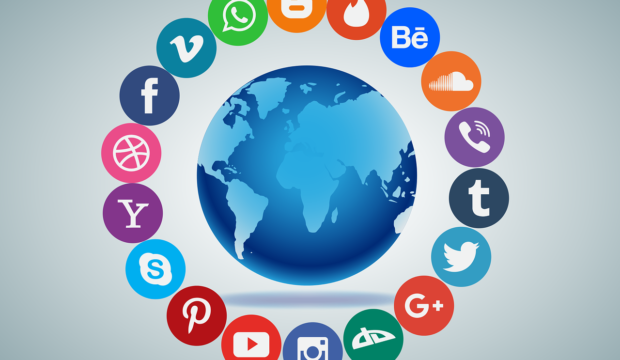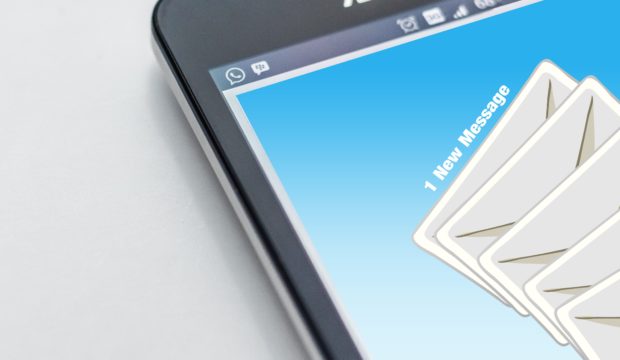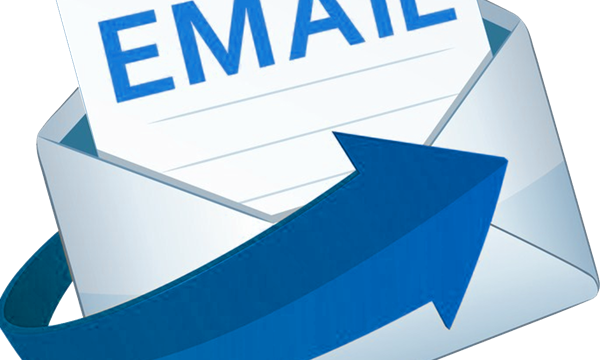A full-funnel lead nurturing strategy utilizes email as well as advertising to target people through all stages of the marketing funnel.

A full-funnel lead nurturing strategy utilizes email as well as advertising to target people through all stages of the marketing funnel.
Lead generation is an incredibly important part of any marketing strategy. Finding and converting new customers is the key to growing your business, no matter the industry. Yes, it typically costs less to keep and upsell existing customers, but there are only so many ways to create repeat purchases, particularly in longer lead time verticals. That’s why it’s so important to keep your pipeline full of new leads.
But a lead is only that: a lead. They have shown to be interested in what you have to offer, but until they make a purchase they are costing you money, not making it. That’s where lead nurturing comes in. Lead nurturing is the process of moving these leads through the funnel, converting them into customers through a systematic marketing program that quickly weeds out any unqualified leads and focuses on getting qualified leads to purchase your product or service.
A new year represents a fresh start. It’s a time when many make resolutions to eat right, exercise more or make another promise towards self improvement. And while it’s also the start of a new year for businesses, many carry on as usual. Don’t be satisfied with the status quo. As you plan 2018 strategies and budgets, make these lead generation resolutions and see your KPIs improve next year. Happy New Year!

A lot of emphasis is placed on the gathering portion of a lead generation campaign. But this is only the initial phase, and a very small portion of the overall campaign. Yes, your quantity and quality of leads matters. But it’s what you do with them after you’ve gathered them that counts! Whether you’ve acquired leads from Facebook Lead Ads, co-registration, customer referrals or other lead sources, once they’re yours, they’re yours. And it’s time for the lead nurturing to begin. Here are six tips to take your lead nurturing to the next level.
Nearly everyone has a Facebook account these days, from pre-teens to grandparents. Each generation uses it a little differently, but there’s no denying it has tremendous influence in today’s digital world. Facebook’s ad targeting capabilities are second to none, and Facebook Lead Ads can be an incredibly powerful tool to help build your email list. But are they right for you? Here are a few reasons they work well and are worth testing…and one reason you might want to focus lead generation efforts elsewhere.

Opt-in advertising allows users to quickly join your email list, or “opt-in” to email marketing from you. It’s a great way to build a lead funnel. And the best part is you can gather leads without landing pages using either single or double opt-in advertising. Ad units display on the websites your potential customers are already browsing and allow them to submit their email address, phone number or other contact information right within the ad. They don’t have to navigate away from the site they wanted to view, so you’re not paying for costly web traffic or landing page development.

You specify the form fields available to the user to provide contact information, choosing what’s most important for your lead generation campaign. You can also choose single opt-in, where their email is subscribed immediately, or double opt-in, where an initial confirmation email ensures they meant to sign up and safeguards the quality of your list. So which is right for you? Read on to find out!
When you think about lead generation, the first thing that comes to mind is probably a campaign-specific landing page. For years this was the standard: marketers used lead generation ads to drive paid traffic to a custom landing page on their site, where they could introduce the business, explain the offer and gather customer information. And it worked—for awhile. But a rapidly growing internet meant more websites competing for traffic. Keywords gre more competitive and increasingly expensive. The need for generating leads without landing pages is obvious, but how do you go about it? Here are a few ways to generate leads without landing pages.

Now that you’ve started generating leads without landing pages, the next step is to nurture those leads into converting customers. You started with a desired target audience, then showed them some basic branding ads. That narrowed your audience down to allow for efficient lead ads. Now you’ve collected contact information of those who meet your customer criteria and were interested enough in your ads to offer up their email address—or maybe more. But the battle isn’t quite over. You have a more personalized way to reach them, but you still have to close the deal. That’s where lead nurturing comes in.
Online lead generation used to include a complicated web of offers, ads, landing pages, and tracking codes. This scared away many businesses who could seriously benefit from lead generation. Luckily, we’ve since entered the era of leads without landing pages. This cuts the number of pieces in your lead generation campaign by half, saving you time, money and headache as you build a lead generation funnel. The key is to keep it simple by using the 3 Rs of lead generation without landing pages.

Whether you’re gathering leads without landing pages or running a more traditional lead generation campaign, there’s some legwork to be done before you launch your actual lead generation ads. It can be tempting just to jump right in, especially when you can run a campaign to generate lead without setting up landing pages. Yes, fully integrated lead ad units save a lot of time and resources, but you’ll want to thoughtfully plan out your campaign for maximum efficiency and optimum cost per lead. Here are a few steps to take: